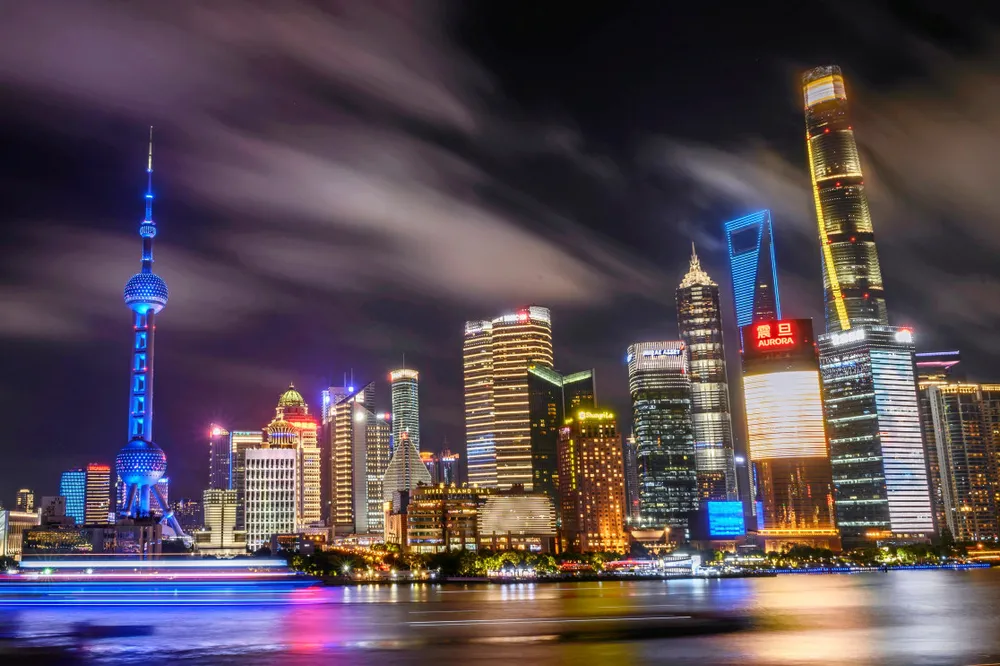Shanghai unveils target for 10,000 fuel-cell vehicles and 70 hydrogen refuelling stations by 2025
China’s largest city will focus on H2 for heavy-duty trucks, public transport, non-road machinery and refrigerated trailers

China’s largest city will focus on H2 for heavy-duty trucks, public transport, non-road machinery and refrigerated trailers
